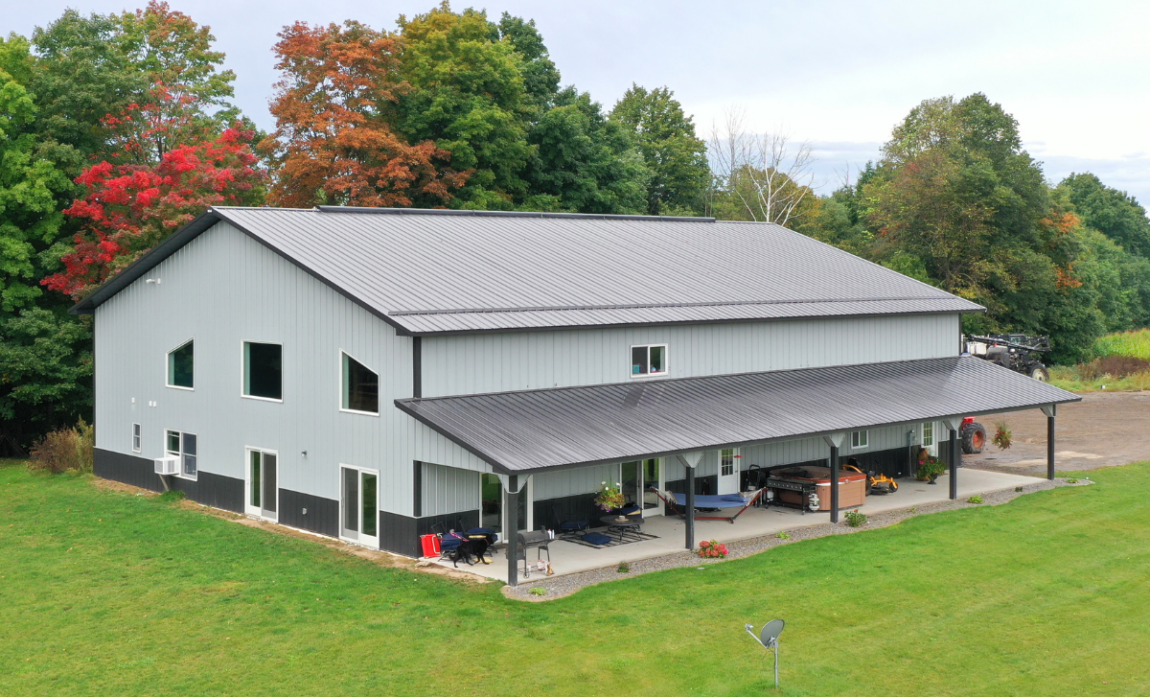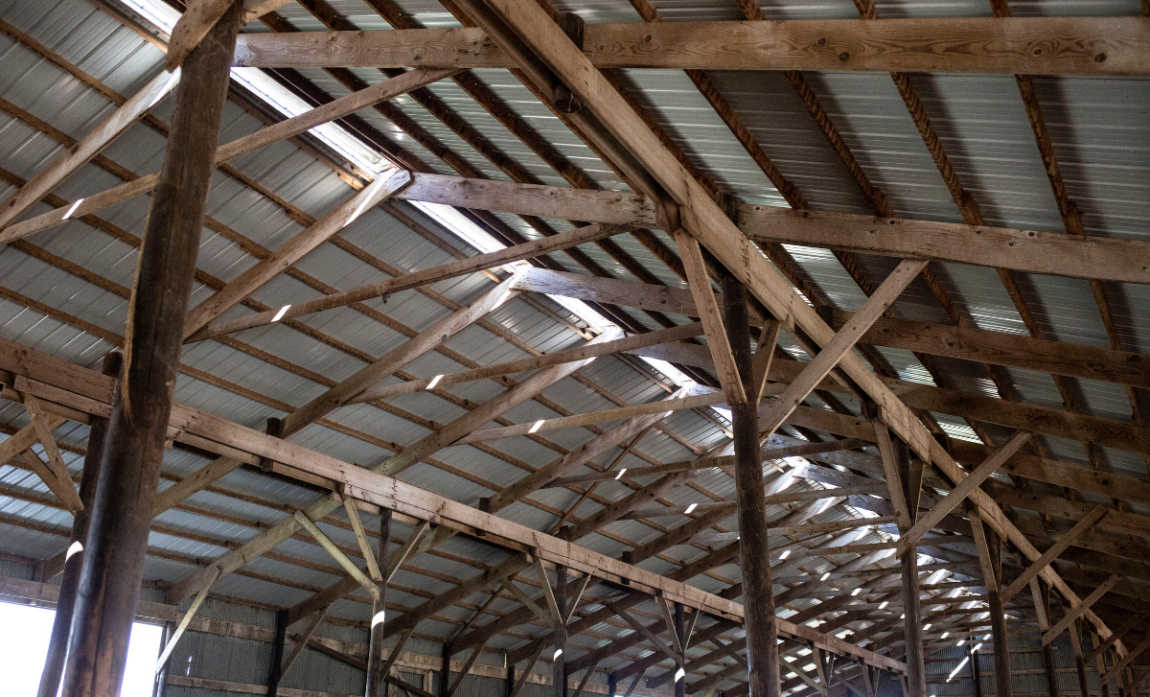Having a commercial pole barn built is nothing to rush into. Well before any construction begins, you should have a solid idea of what your goal is with a new building. Pole barns work great for a range of needs, from industrial and manufacturing spaces to buildings for local government, retail, or professional storage.
Below, we share five tips to help you plan smarter for a commercial pole barn building. We’ll do that with insights from two experienced commercial pole barn builders, Willie Kimmons and Joe Wisniewski.
But first, let’s start with a quick reminder of just how versatile a commercial pole barn can be.
The Many Possible Uses for a Commercial Pole Barn
A pole barn, also known as a post-frame building, is an excellent option for a variety of businesses and organizations. Among other advantages, this type of building typically involves a faster, more cost-effective construction process than other options.
Could a pole barn be right for your needs? Let’s take a brief look at the many possible uses of commercial pole barns:
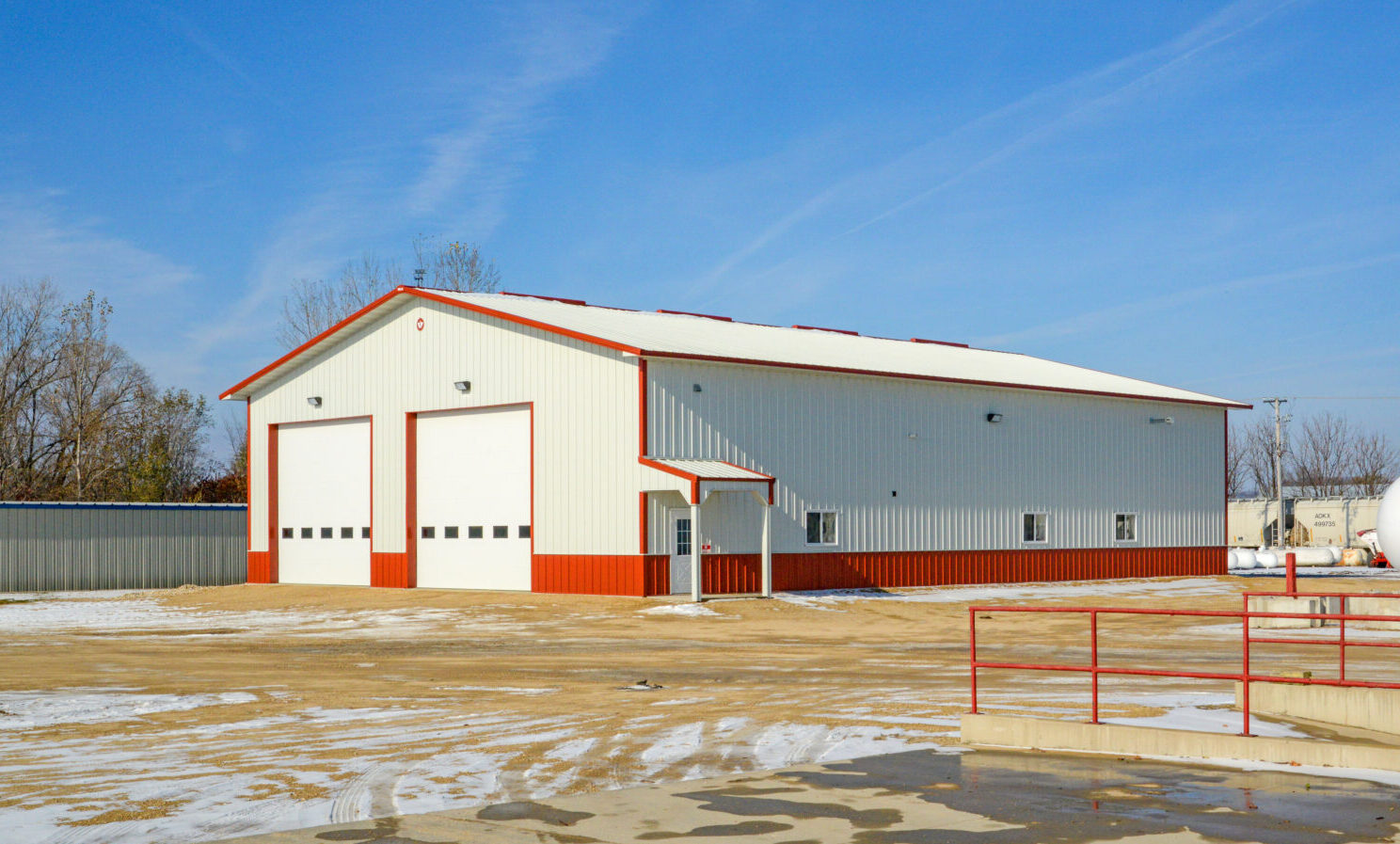
Manufacturing & Industrial
With clear spans as wide as 100 feet, energy-efficient construction materials, and metal exteriors and liners, a commercial pole barn is well-suited for industrial, manufacturing, and warehouse uses. Plus, a pole barn conveniently allows for office space and break areas.
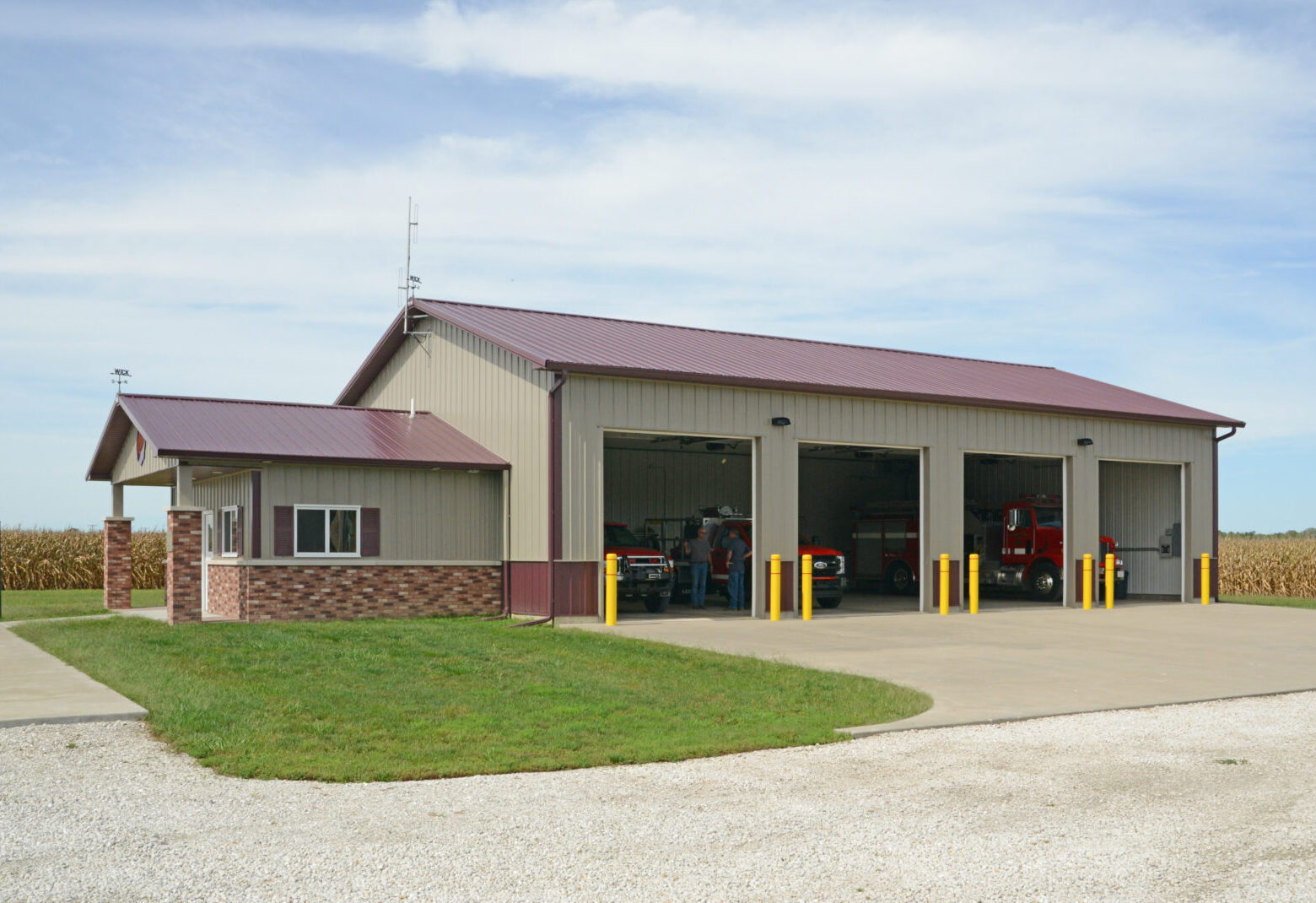
Government/Administrative
When a government entity needs a workshop, storage building, fire station, or meeting hall, a pole barn can be a durable, economical option. Even better, a high-quality pole barn means taxpayers won’t pay for that building over and over again with excess maintenance and repairs down the road.
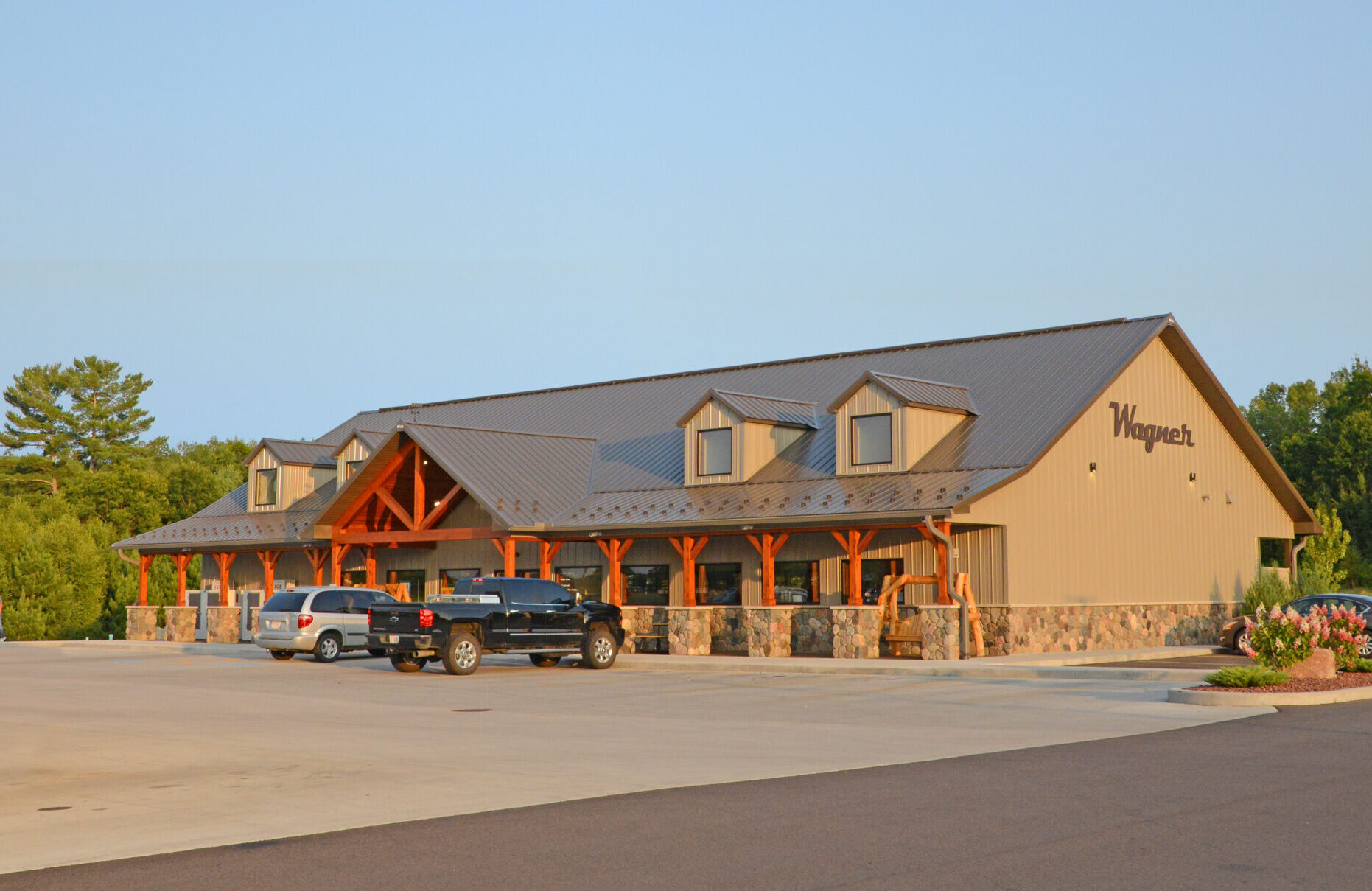
Retail
Today’s retail building should have the capability to be easily modified. A pole barn structure is an ideal choice with its wide spans, plus there’s no need for weight-bearing interior walls. Features like these mean that spaces can easily be configured and reconfigured to meet evolving needs.
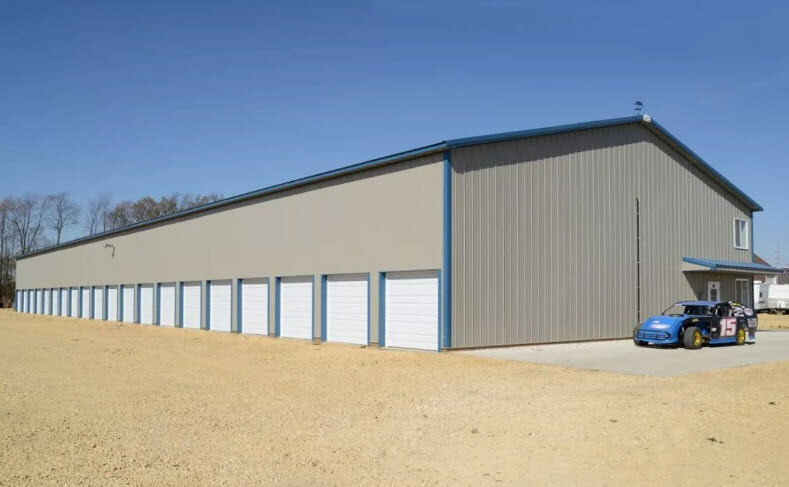
Commercial Storage
With its cost-effective layout and extremely low maintenance, a pole barn can be an excellent choice for commercial storage. A reliable warehouse building like a pole barn also means goods and materials are safe and customers stay happy for the long term.
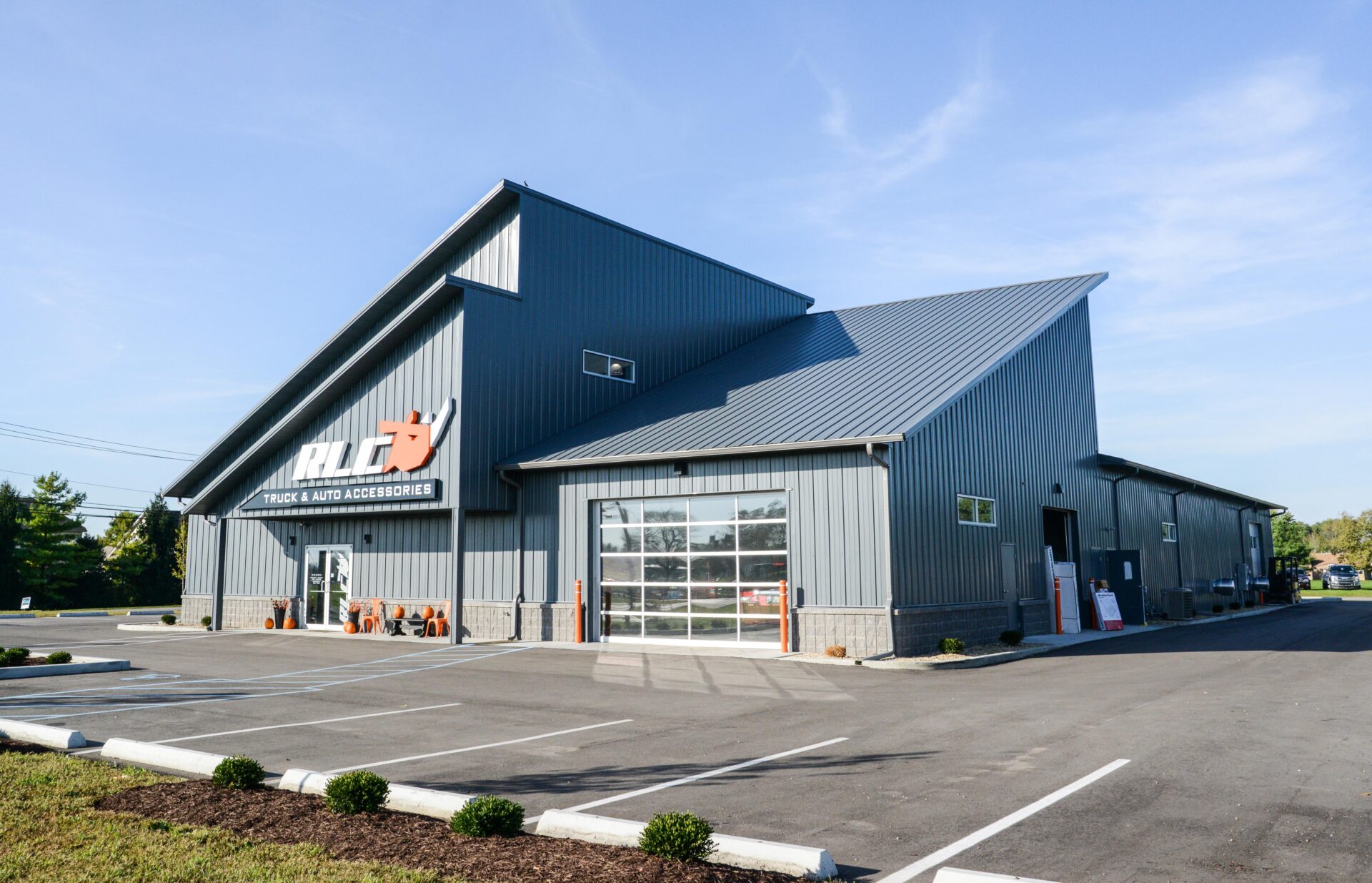
Automotive and Equipment Service
A pole barn can easily accommodate large entry/exit doors, automotive and equipment lifts, and pneumatic and ventilation systems, making it a natural first choice when building automotive and equipment service facilities. And as your business expands, a pole barn can easily be enlarged with additional bays or wings.

Church & Institutional
Churches and organizations often require a multi-functional building. A kitchen, offices, conference rooms, as well as a spacious gathering area—a pole barn can affordably encompass all of them. Plus, the wide open spaces of a pole barn can be more easily modified as needs change.
Okay, now let’s turn to those tips to help you plan more effectively for a commercial pole barn.
1. Know Exactly How You Plan to Use Your Commercial Pole Barn
Having a detailed idea of how you’ll use your commercial pole barn will be crucial for planning a building that meets your needs and stays within your budget.
When pole barn builder Willie Kimmons meets with a prospect, he asks a series of questions about the building’s likely uses. Once he has a sense of the kind of building they need, he can usually come up with a ballpark figure.
At that point, he makes sure the party is still interested in having a pole barn constructed.
“People often don’t understand what it takes to construct a building,” says Kimmons. “I walk them through the basics on where the costs come from, and that helps them see the big picture. They’re then more able to make an informed decision on what they want the next step to be.”
2. Find a Builder You Can Trust And Be Open With About Your Budget
As early as possible in the process, you need to know your actual budget. But pole barn builder Joe Wisniewski says it’s equally important to be open about that budget with your builder. “It’s understandable that people can be nervous about sharing an actual number. But that just makes it all the more important to work with someone you trust,” he says.
He also says the margins from one builder to another, which may differ by a few percentage points, won’t be enough to overcome major cost hurdles.
“Let’s say you’ve secured financing for half a million dollars,” says Wisniewski, “but you’ve gone all the way through the planning and design process for a building that’s a million. The reality is that you’re going to have to go back and downsize your project.”
This is exactly why trusting your builder and being open up front is so important.
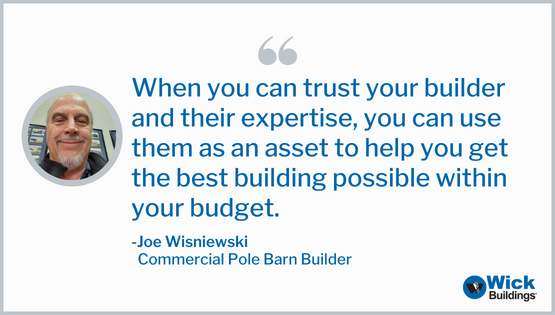
3. Be Prepared to Distinguish Your Needs from Your Wants
Go ahead and have that trusted builder price out your dream building. If you have the budget for it, great. But what if you don’t?
If the cost is too high, Kimmons says there are ways to lower it and still get a well-functioning building with which you will be satisfied.
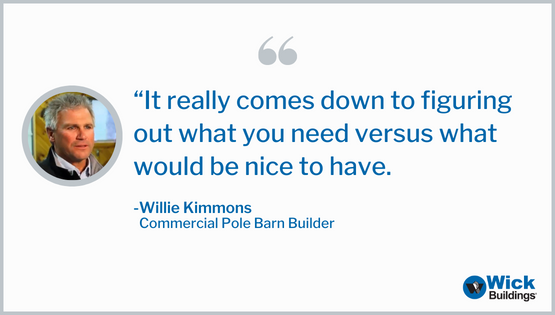
More specifically, Kimmons says he often helps customers identify the building features that are crucial to generating revenue and essential to the day-to-day operations. Other features, often purely aesthetic in nature, can either be removed or have lower cost options.
Case in point, Wisniewski points to a recent example where a customer with a roofing business had to significantly change his original vision. “He still ended up with everything he needed—a shop space, an office space, a display area. And he didn’t have to give up a foot of space. He just got a different look.”
4. Plan for Today’s Needs AND Tomorrow’s Growth
How you use your commercial pole barn building can change over time. You may not be able to predict the future exactly, but with careful forethought, you can have a building that’s suited for modifications.
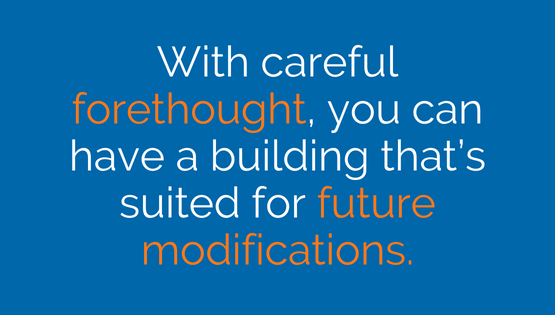
For example, your business may grow in ways that require more space. Wisniewski says you can prepare for that by building far enough away from lot lines to allow for potential expansion.
Going a step further, you can also have the end walls of your building prepped so that they can more easily take on a future addition, says Kimmons. Similarly, you can have your building engineered so that overhead doors can be added later if you’re not going to put them in now.
These are things that can be done at a minimal cost up front, Kimmons adds, yet they can be critical to saving money down the road and to having a useful building for the long term. Plus, they can help the resale value of the building.
5. Know What to Look for from a Pole Barn Builder
As you research potential pole barn builders, keep factors like the following in mind.
Experience: Ask to see a relevant project list
We’ve already touched on the importance of trust above. But how can you know you can trust a builder? For starters, says Kimmons, they need to do more than just say they have experience.
“They should be able to demonstrate that experience by giving you a long list of relevant projects they’ve completed—and customers you can contact,” he says.
In fact, Wisniewski says a highly experienced builder may be more important than people realize.
“I’ve been doing this for 45 years and have learned so many valuable lessons over that time,” he says. “When a builder has a lot of experience, that accumulated wisdom not only leads to a smoother project but a more cost-effective building and a much happier customer.”
Quality partners: Look for long-term relationships
It’s not just about the builder, says Wisniewski, but also about who the builder regularly works with—and trusts. “If all the builder cares about is finding the lowest cost vendors, it’s going to hurt the customer in the end.”
On the other hand, he says reputable builders have a go-to list of reliable project partners they’ve worked with for years. “That means these partners aren’t going to disappear when, say, it rains and the water doesn’t run where it’s supposed to. They’re going to come back ASAP to fix the problem.”
An ability to listen: Make sure you’re being heard
Kimmons says he’s worked with a number of customers over the years who have complained that other builders didn’t seem to truly listen.
“Part of a builder’s job is to understand each customer’s unique needs,” he says. “You can’t do that without listening closely and respectfully.”
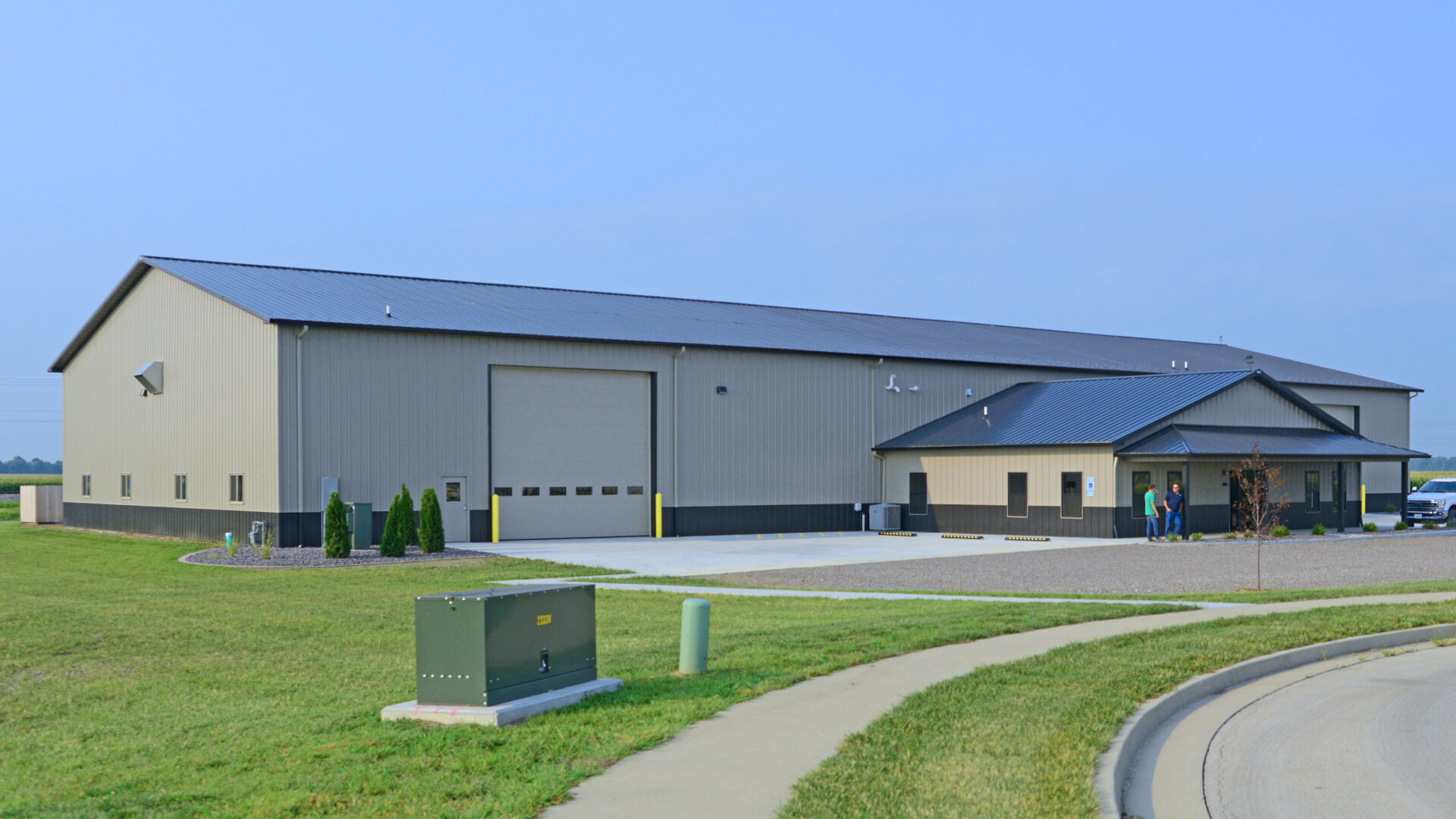
Make the Next Move Now
Does all this talk about commercial pole barn buildings have you thinking about your next move? If you’re serious about a commercial pole barn, then you’ll want to start the process soon.
Kimmons notes that more than half of the potential customers he talks to say they want to start building within 60 days or so.
“Having construction begin that fast just isn’t feasible today. If you think you want a building, start researching builders now because the whole process will probably take longer than you think.”
If you’d like to learn more about having a commercial pole barn built, be sure to contact Wick Buildings for more information.


